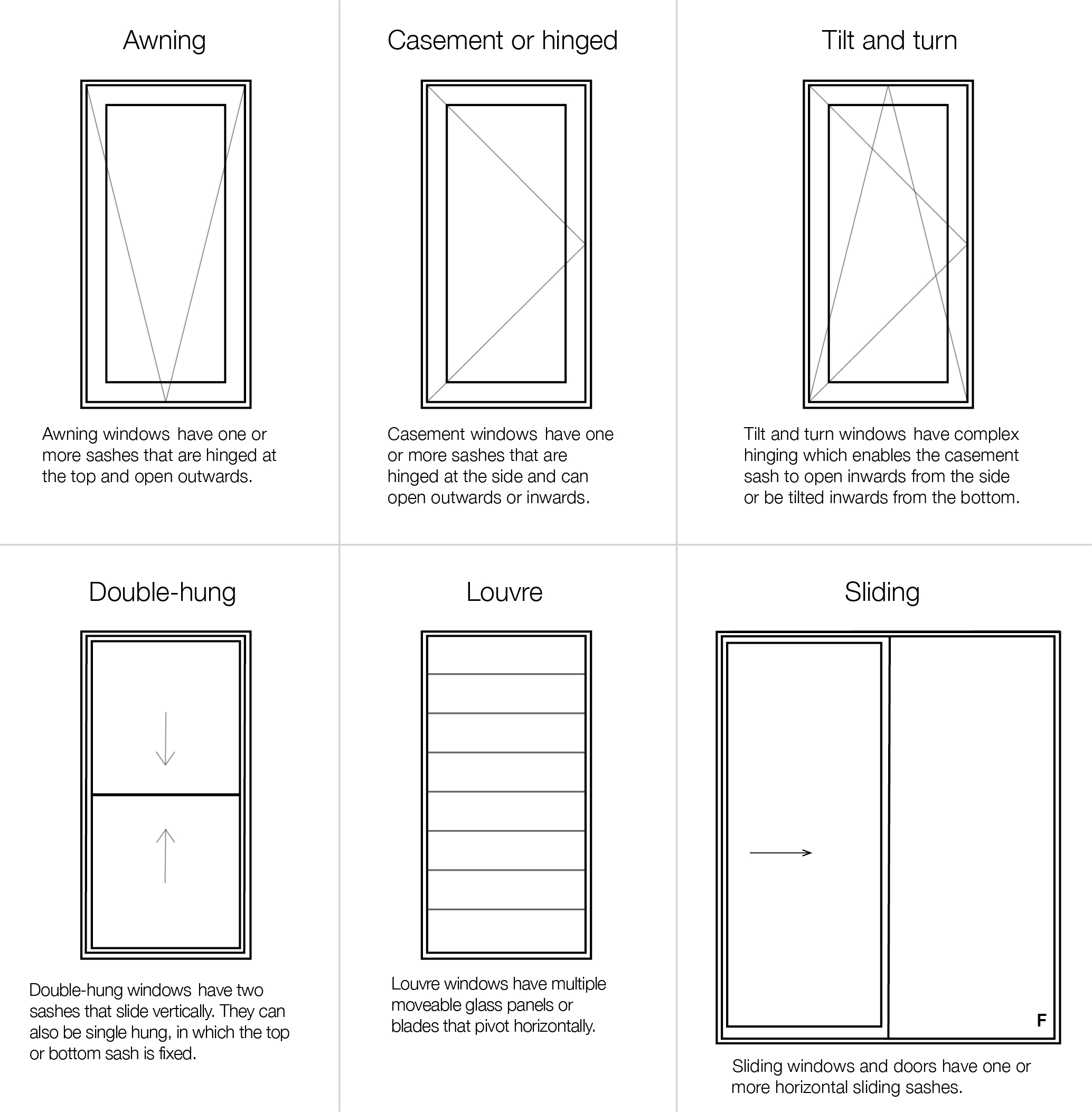All Categories
Featured
Table of Contents
How Are Double Glazed Windows More Energy Efficient? in Subiaco Western Australia
That window can transmit more solar heat in winter than in summer season. A west-facing window on a summertime's afternoon has an angle of incidence from near 0 as much as 30 with a large effective location of solar radiation. A north-facing window, in summer, has a high angle of occurrence and a low effective location of solar radiation, so can send less heat than a west-facing one.

You can quickly and easily improve the thermal efficiency of your house by changing your windows. There are thousands of types of glass and frames to pick from.
Lifestyle - West Coast Double Glazing in Bedfordale WA
Single glazing with clear glass is not extremely efficient when it comes to heat loss or gain. To enhance efficiency, you can utilize single glazing with a more energy-efficient type of glass such as low emissivity (low-e) glass.
The energy efficiency of IGUs also depends on: the residential or commercial properties of each layer of glass. Various glass types (for example, clear and low-e glass) can be put together in an IGU.
Double Glazed Windows And Doors In Perth in Tuart Hill Perth

IGU cavities can be filled with air or a more inert, low-conductivity gas such as argon the width of the cavity. Larger cavities provide lower (much better) U values, with 12mm generally accepted as the preferred space how well the cavity is sealed.
If argon is installed to the cavity in place of air, moisture is dependably left out the level of desiccant (drying representative). The spacer (metal or polymer strip) that separates the glass layers contains a desiccant to take in any wetness. Inadequate desiccant may cause wetness to condense on the glass surface area in cold conditions, minimizing thermal performance.
Double Glazed Windows – Their Amazing Benefits For ... in Dalkeith WA
In fact, IGUs can provide better energy efficiency for all climates, especially in heated and air-conditioned houses. Cross-section detail of single, double and triple-glazing units Low emissivity glass (typically referred to as low-e glass) minimizes heat transfer. Low-e glass might be either high or low transmission: High transmission low-e glass has a finish that allows daylight from the sun to pass into your home to attain good solar heat gain, but decreases the amount of the long wavelength infrared heat that can leave back through the window.
Low-e glass has either a pyrolytic covering or a vacuum-deposited thin movie metal covering. Pyrolytic coatings are resilient and can be used for any glazing; vacuum-deposited finishes are soft and are only utilized within IGUs. Low-e finishings can considerably improve both U value and SHGC; however, they must be utilized properly or they will either deteriorate or stop working to perform as required.
Why Install Stunning Double Glazing Windows During Summer? in Clarkson WA
Low-e finishes can be utilized in mix with clear, toned or reflective glass. Low-e coverings on glazing can minimize heat transfer where needed Photo: Department of Market, Science, Energy and Resources Toned glass has actually colouring ingredients consisted of throughout manufacture. It is readily available in various colours, typically bronze, grey, blue and green.
Table of Contents
Latest Posts
Double Glazing Vs. Triple Glazing: Which Is Worth It? in Koondoola WA
Fitting A Cabin In Your Garden? Get Double Glazing Fitted Too in Churchlands Western Australia
Why Should You Have Double-glazed Windows This Summer? in Stirling Perth
More
Latest Posts
Double Glazing Vs. Triple Glazing: Which Is Worth It? in Koondoola WA
Fitting A Cabin In Your Garden? Get Double Glazing Fitted Too in Churchlands Western Australia
Why Should You Have Double-glazed Windows This Summer? in Stirling Perth